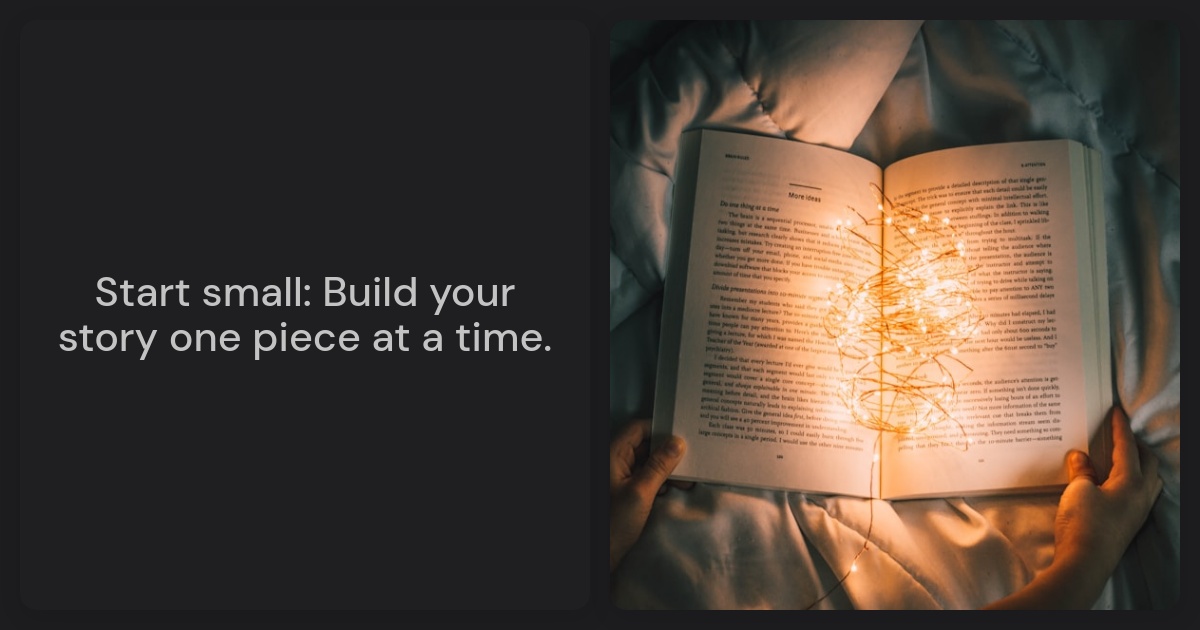Read time: 4 minutes
Turning a basic plot into a detailed outline can feel overwhelming, but it doesn’t have to be. With the "plotting accordion" method, you can take your story idea and transform it into a flexible, actionable outline that works for your unique writing style.
This method gives you the freedom to expand or contract your outline as needed—whether you prefer keeping things simple or diving deep into details. By the end of this process, you’ll have a clear framework that not only guides your writing but also keeps your creativity alive and thriving.
Let’s start with getting acquainted with the plotting accordion.
💫 Are YOU a DT Rockstar?
An amazing author and a member of the Danja Tales Writers community. Not a member yet? Join other writers, participate in weekly Q&A sessions, and have access to writing workshop all with the goal of writing addictive novels. HERE.
What is the "Plotting Accordion"?
Outlining doesn’t have to be all-or-nothing.
Whether you’re someone who loves a lean, minimalist roadmap or you’re all about the details, the plotting accordion is here to help.
Why it works:
- You can expand your outline for more depth or condense it to focus on the big picture.
- It adapts to your writing style—whether you're a planner or a pantser who wants to add structure.
- It’s simple to use, and you can adjust it at any stage of your writing process.
Step 1: Start Small—The Basic Outline
Big ideas need a simple start.
Start with what you know about your story—just the essentials.
What to include in your basic outline:
- Your main character(s) and their goals.
- The central problem or conflict.
- The major events or turning points that you know you want in your story.
This step is not about perfection. Think of it as sketching your story’s skeleton. You’ll flesh it out as we move forward.
Step 2: Stretch It Out—Add More Detail
Let’s add some color to your outline.
Once you’ve nailed down the basics, start expanding.
This is where the plotting accordion really shines. You can go as deep as you want—or just far enough to feel ready to write.
Tips for expanding your outline:
- Break it into acts, chapters, and scenes.
- Add key motivations and emotional arcs for your characters.
- Flesh out the “why” behind major events.
If you like lean outlines, keep it tight. If you want it to feel “lived in,” dive deeper into those details.
There’s no right or wrong way here—just what works for you.

Step 3: Validate Your Outline
Does your outline have everything it needs to guide your writing?
Before moving on, take a moment to review what you’ve created.
Ask yourself:
- Are your characters’ motivations clear?
- Does the story flow naturally from one event to the next?
- Are the themes and tone consistent with what you want your story to say?
Validation isn’t about overthinking—it’s about making sure your story has a strong foundation.
You don’t have to fix everything right now, but catching big gaps early will save you headaches later.
Step 4: Break It Down—Beats or Chapter Briefs
Let’s make that outline actionable.
Now that you’ve expanded and validated your story, it’s time to break it into smaller, manageable pieces.
What’s the difference?
- Beats are quick bullet points summarizing what happens in each scene or chapter.
- Chapter Briefs are short, narrative summaries that give more context to your scenes.
Use whichever feels right—or mix and match!
The goal is to make it easier for you (and your AI assistant, if you’re using one) to hit the ground running when it’s time to write.
Step 5: Take It One Step at a Time
Small steps lead to big progress.
If you’re trying the plotting accordion for the first time, start with something manageable—a novella or short story, for instance.
Why this works:
- It’s easier to learn the process on a shorter project.
- You’ll gain confidence and insights to apply to longer works.
- You can refine your approach as you go.
Remember, the goal isn’t to finish a perfect outline on your first try. It’s about finding a system that helps you write better stories.
👩🏾💻 You’ll see me work through these steps using AI in the Demonstration video on Substack. HERE.

Review and Refine
Take a moment to step back and review the detailed outline you’ve built so far.
Ensure your chapters, scenes, and character arcs align with the overall goals of your story. Check that your structure flows logically, your tone matches the story’s themes, and your characters' motivations are clear and compelling.
Look for opportunities to strengthen connections between events, refine emotional beats, and adjust anything that feels inconsistent or underdeveloped.
This is your chance to polish your outline and set the stage for writing your novel with confidence. And don’t forget to save your notes—you’ll thank yourself later!
